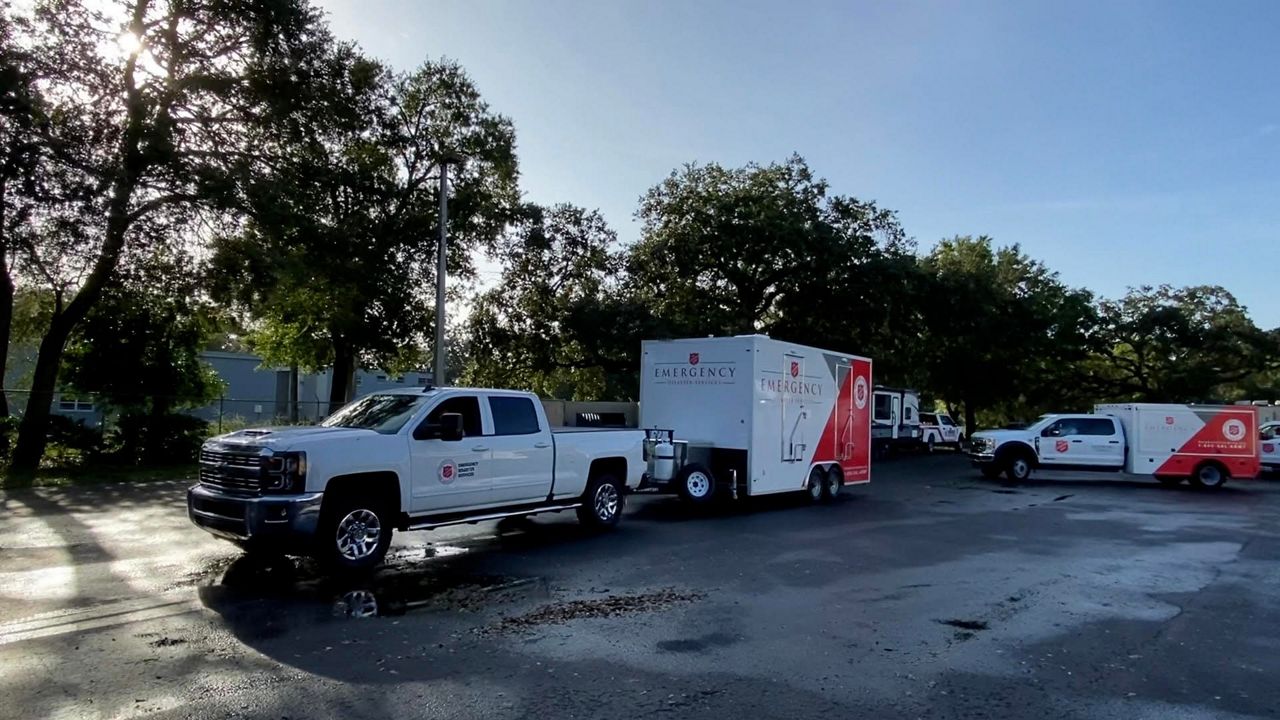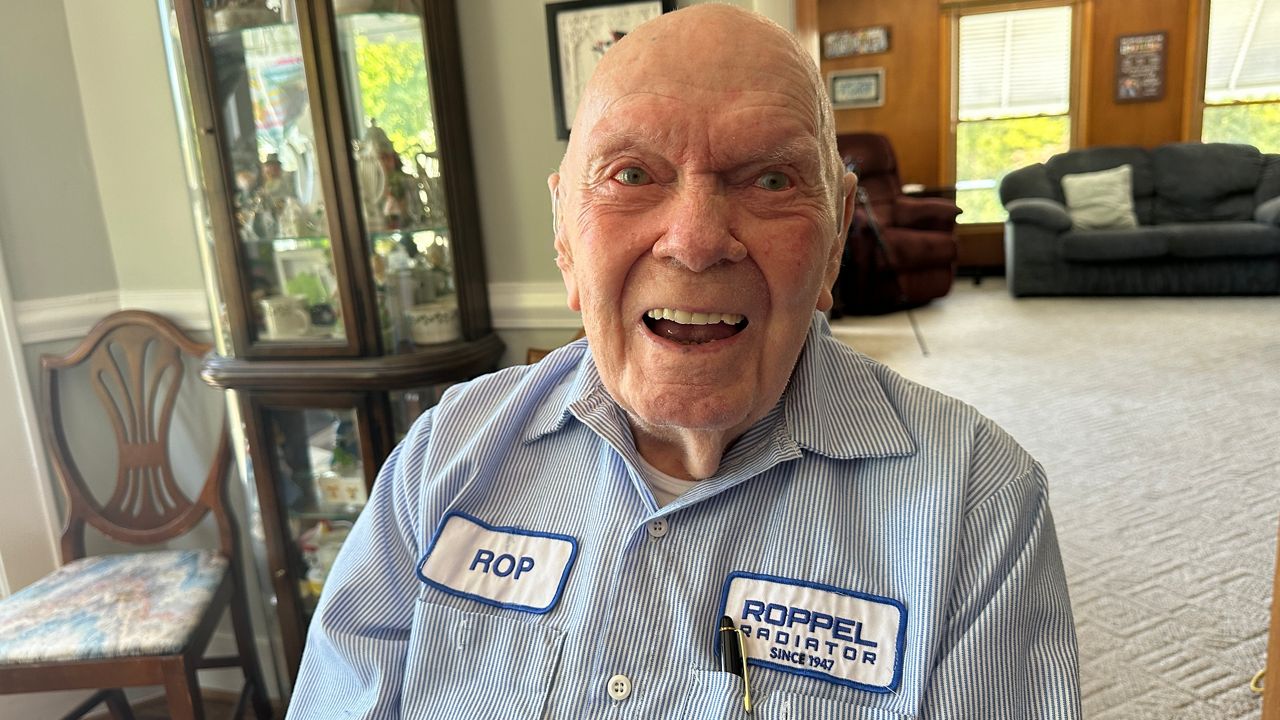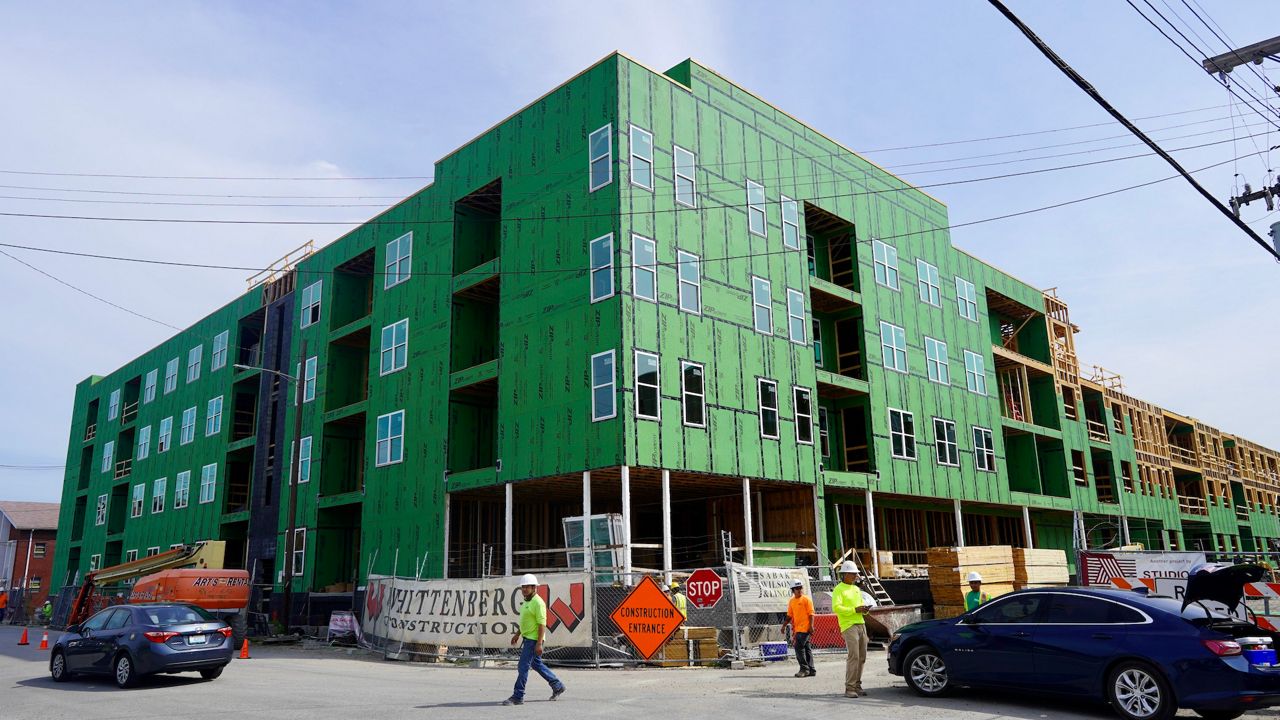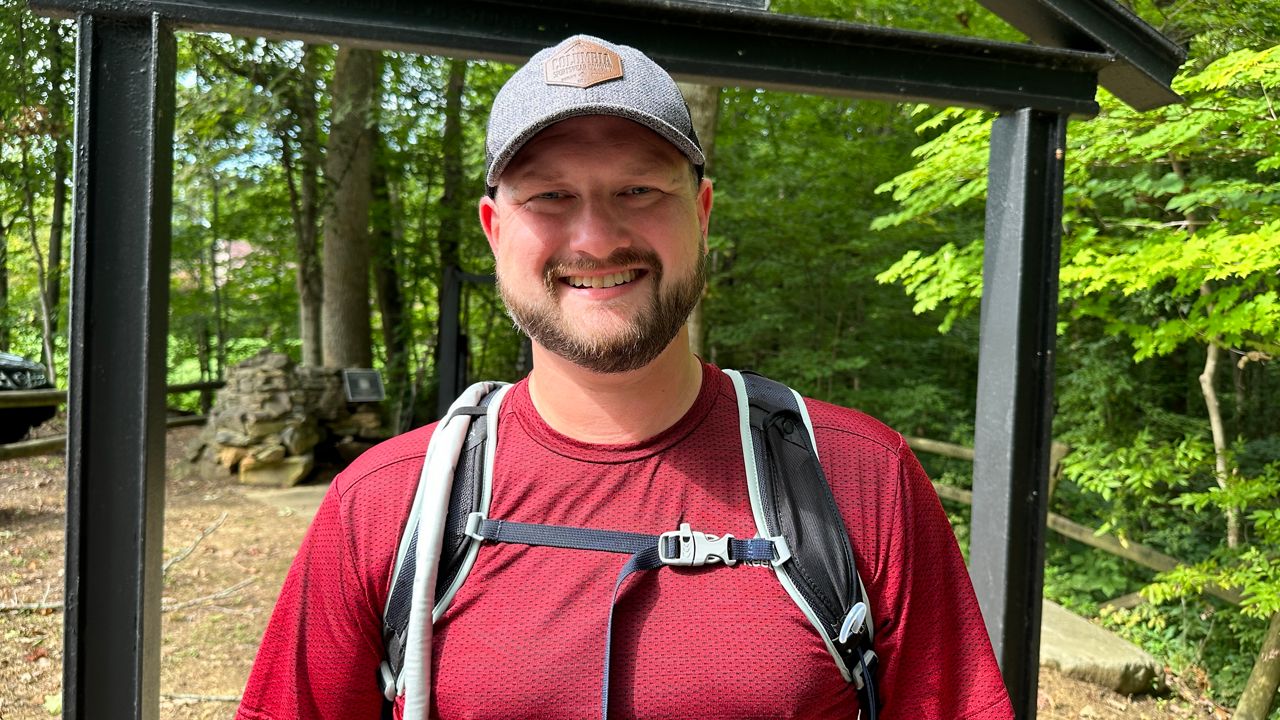LOUISVILLE, Ky. — Many Kentuckians are remembering the 1974 tornado outbreak that killed more than 60 people in the state.
Fifty years ago, April 3, 1974, the National Weather Service reported an EF4 tornado devastated parts of Louisville and nearby communities.
Don Mahanes, 73, has many memories on Midland Avenue in the Highlands.
“My grandmother and I planted this tree when I was just a little kid,” Mahanes said.
It’s where he lived for several years with his grandparents. And it’s where he was on April 3, 1974, when he said he saw the tornado on its path moving northeast.
He said his street, including the tree, looked untouched. But a few blocks down, it was a different story.
“It was total devastation," Mahanes said. "You couldn’t even walk. You couldn’t even walk with all of the debris down, and the street was just alive with electricity – just sizzling, with power lines down.”
The National Weather Service (NWS) reported about 450 houses were damaged in Jefferson County. The outbreak resulted in 27 tornadoes that afternoon, reaching nearly 50 Kentucky counties.
Mahanes, an equipment operator, helped clean up the aftermath for months.
"Every day, I just saw an example of the sheer power of that storm," Mahanes said.
Spectrum News 1 meteorologist Alan Auglis said it’s not uncommon to see tornadoes in April.
From 1997-2022, Kentucky typically saw five tornados during April, the highest average of any month.
He said the cold air still moving down from Canada and the warm air from the Gulf of Mexico can create the perfect storm.
"Those differences, they butt heads, and you start to get a spin in the atmosphere," Auglis said. "That’s called wind shear, when you have different speeds and different directions and heights in the atmosphere that really start to cause those thunderstorms to rotate."
The NWS categorized the April 3 tornado when it touched down in Louisville as an EF4, meaning winds reached 166 to 200 miles per hour.
Auglis said that’s enough power to topple towns.
“The more ingredients you have: the heat, the humidity, the wind shear, the different speed and direction with that wind, the stronger the tornado," he said.
A half-century after the tornado outbreak, Mahanes said he hasn’t seen a storm like it.
"You see stuff like it on TV, but until you experience it, it’s hard to comprehend the noise and the power,” Mahanes said.










